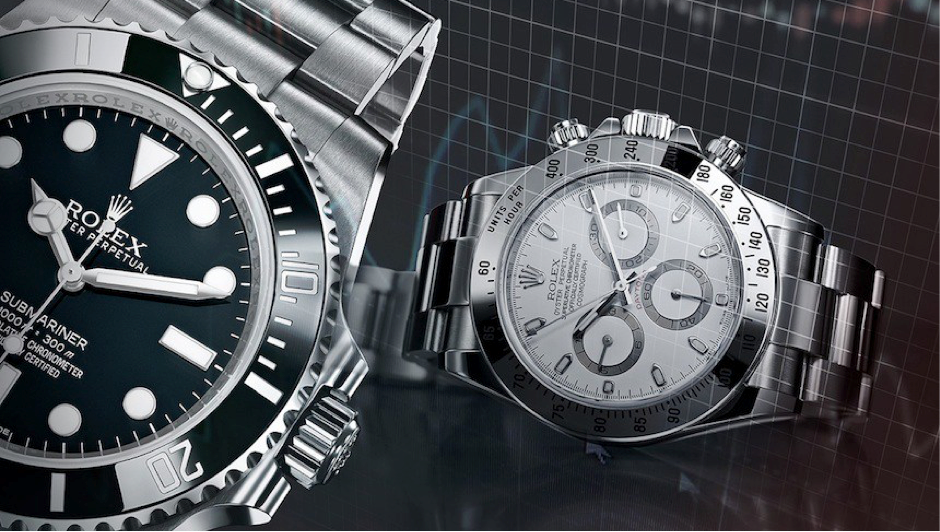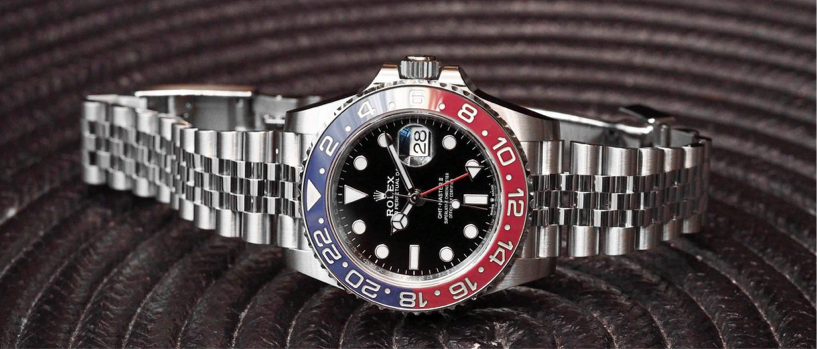Luxury watch retailer Rolex has increased its prices in the UK by 5-8 per cent. As of October 3, lovers of the brand will have noticed the price escalation across many of its popular models. The announcement comes at a sad time for buyers who have eagerly awaited a vintage or new model on a waiting list only to be handed a bigger bill.
Why the price rise? Is Brexit to blame?
With Rolex remaining tight-lipped on the issue, the increase only affects the UK market. There could be many reasons behind Rolex’s decision to alter its prices, but it is suspected that one influence may be Brexit and subsequent impact on EU currencies. Rolex will need to ensure its pricing correlates with exchange rates.
Inconsistent prices of construction materials
Far more goes into creating a Rolex watch than the manufacturing process. These masterful timepieces require intensive effort to ensure their reliability, accuracy and attractiveness and this is reflected in the price. With the addition of expensive stones, the prices bumps up even more. Some people believe the rise is due to an increase in the price of gold. While this may have been true when prices were increased in 2016, it doesn’t really affect them now. Since its peak in 2011, the price of gold has been fluctuating and after the 2016 increase, the value stayed fairly low so it is unlikely that this made Rolex’ decision.
Attempts to stop ‘buying tourism’
The UK remains an attractive prospect for watch buyers from outside the UK due to its high VAT rates. Non-UK buyers can reclaim 20 per cent back on their purchase, meaning they can get a steal by buying something here. As a consequence, many Brits find it hard to get their names on waiting lists for these prestigious watches. Rolex could be attempting to prevent the UK from being dominated by this ‘buying tourism’ and trying to keep its prices around the world similar.
Inflation
One theory is that, with some wages increasing at a higher rate than inflation, if Rolex prices went up in line with inflation only, they would be affordable to much more of the population. By ensuring prices remain high, Rolex protects its reputation as a luxury brand – guaranteeing those customers who require a status symbol timepiece.
Prestige
Finally, another reason for the increase could be down to Rolex attempting to maintain its luxury watch brand status. It may be trying to distance itself further from more affordable brands like Omega and establish itself as an elite retailer.
What does this mean for buyers?
For those who’ve been torn between spending their hard-earned cash on a new watch or a wedding, they’ll be feeling the pinch more. With various increases over the decade, Rolex watches are now more expensive than ever but this trend shows no sign of slowing down. While the initial outlay is high, there is an excellent chance of appreciation to eventually give a great resale price. For example, the GMT-Master II “Pepsi”, was originally priced at £6800, could now cost £7140 after the increase – a rise of about £340. The pre-owned market will also feel the squeeze because prices of already popular models, which are likely to continue increasing whilst availability will remain low.
For watch enthusiasts with an already-healthy Rolex collection, the price escalation will have a positive knock-on effect on discontinued and vintage pieces, such as those sold at luxewatches.co.uk, to boost an investment.
Rolex is now the world’s most valuable luxury watch retailer, having been valued at £6.6 billion earlier this year.




 Bitcoin
Bitcoin  Ethereum
Ethereum  Tether
Tether  XRP
XRP  Solana
Solana  USDC
USDC  TRON
TRON  Cardano
Cardano  Lido Staked Ether
Lido Staked Ether  Avalanche
Avalanche  Toncoin
Toncoin